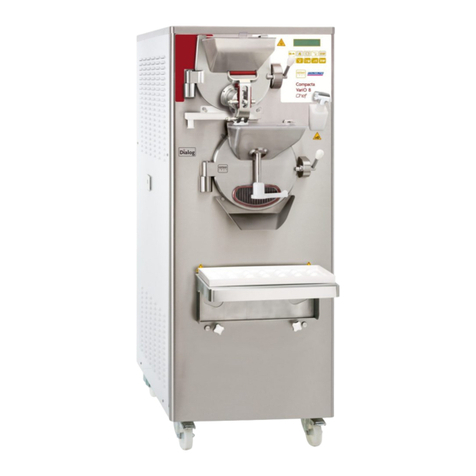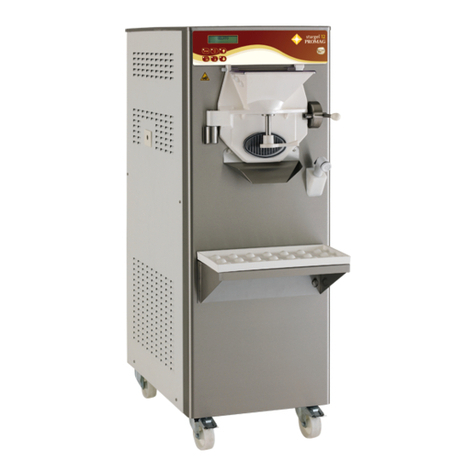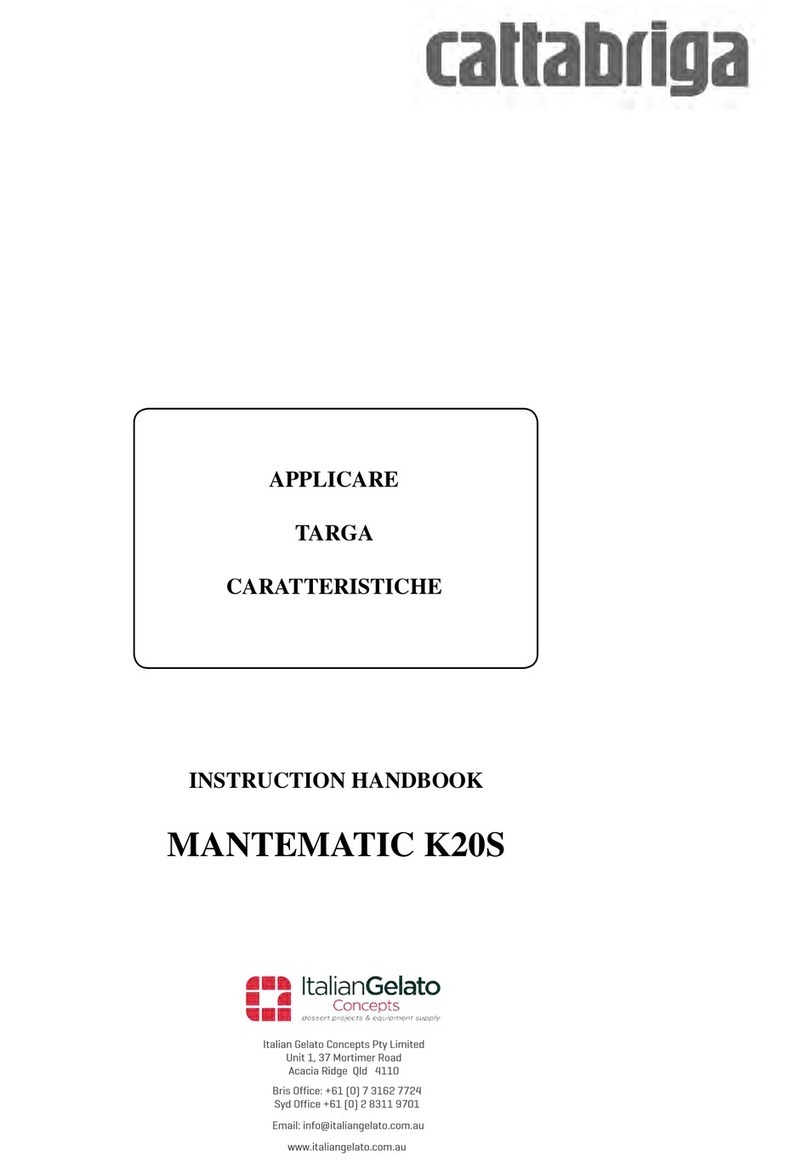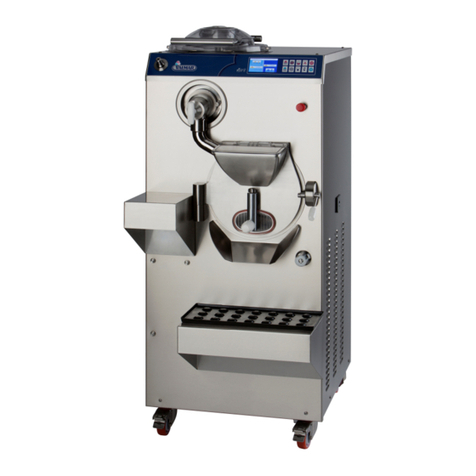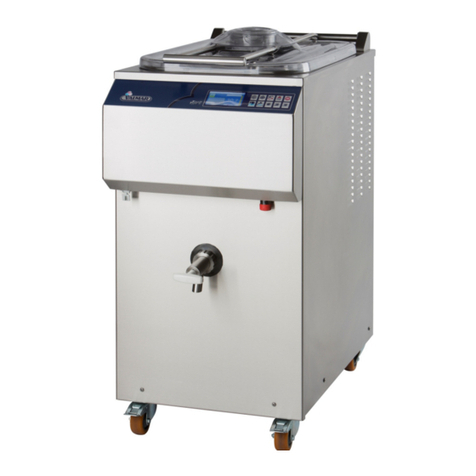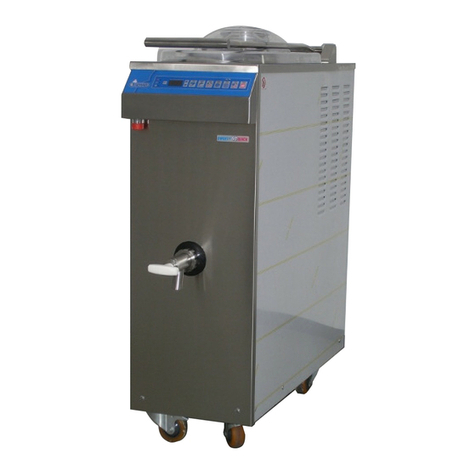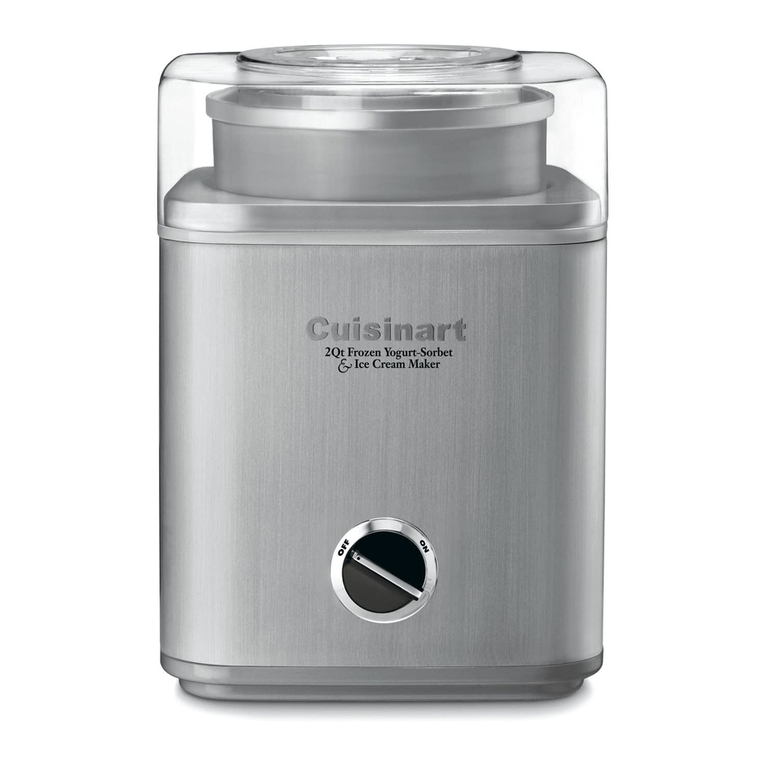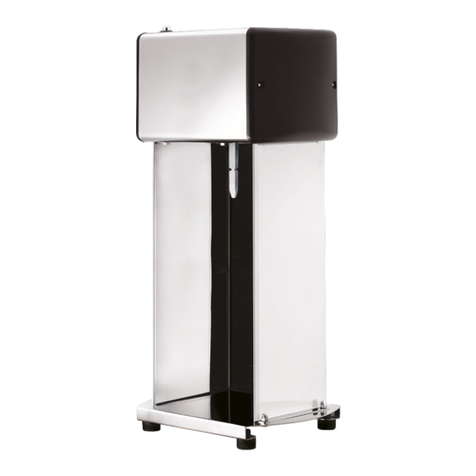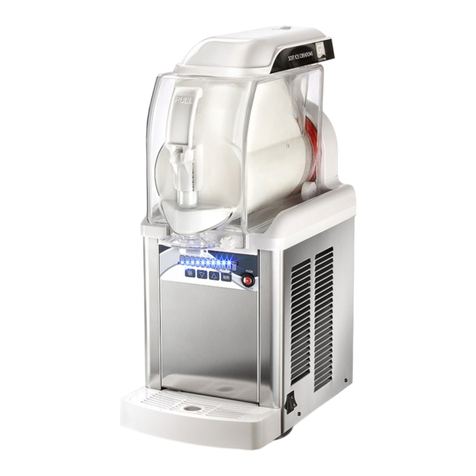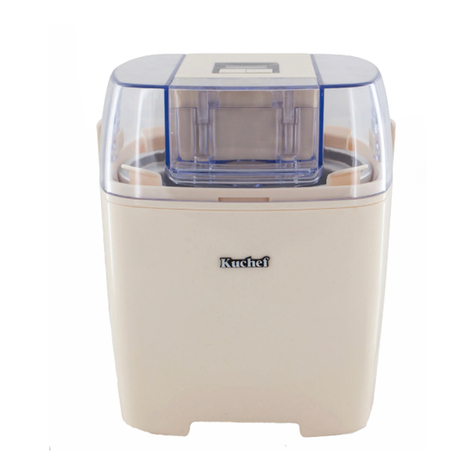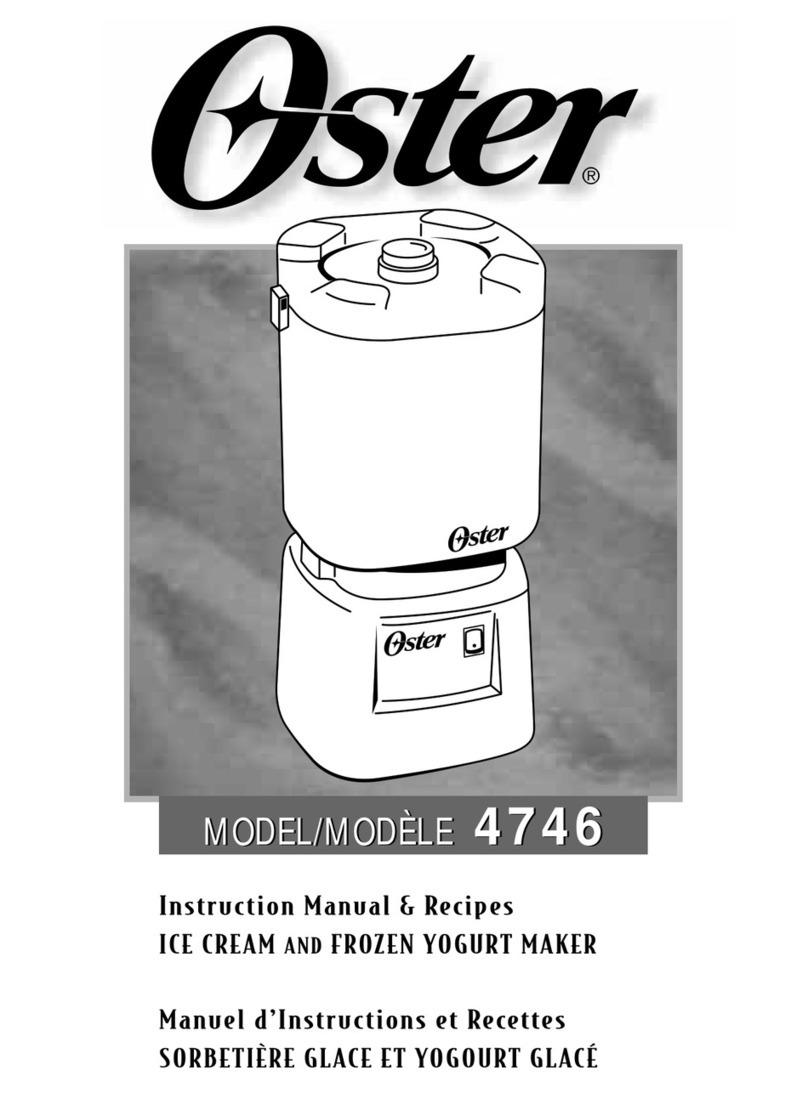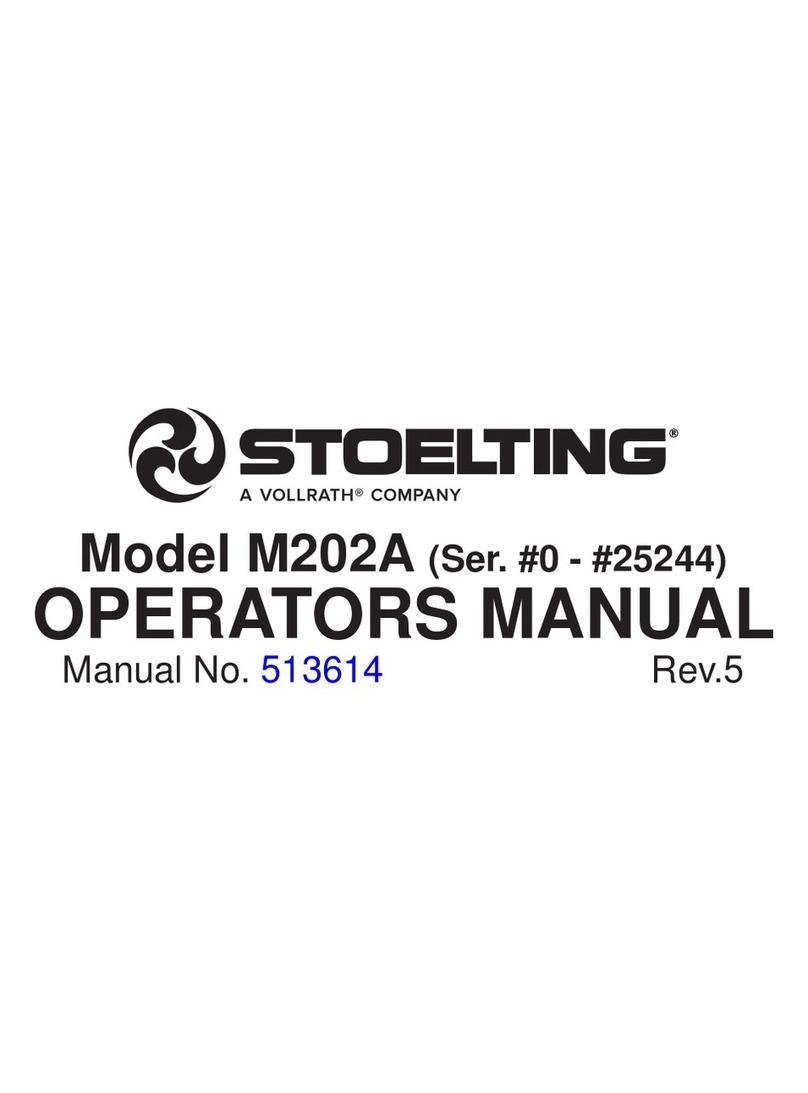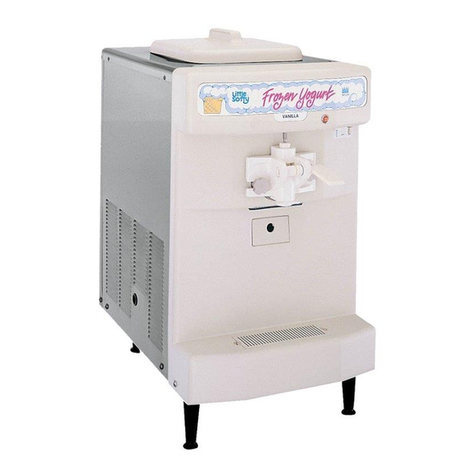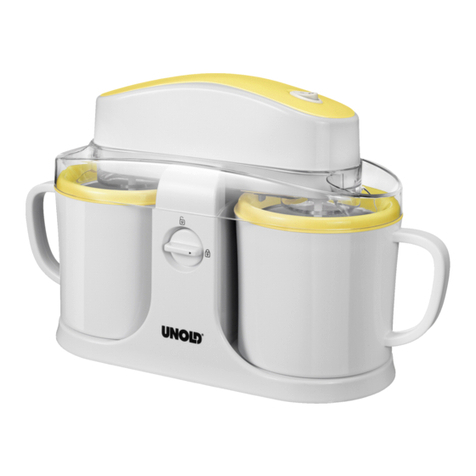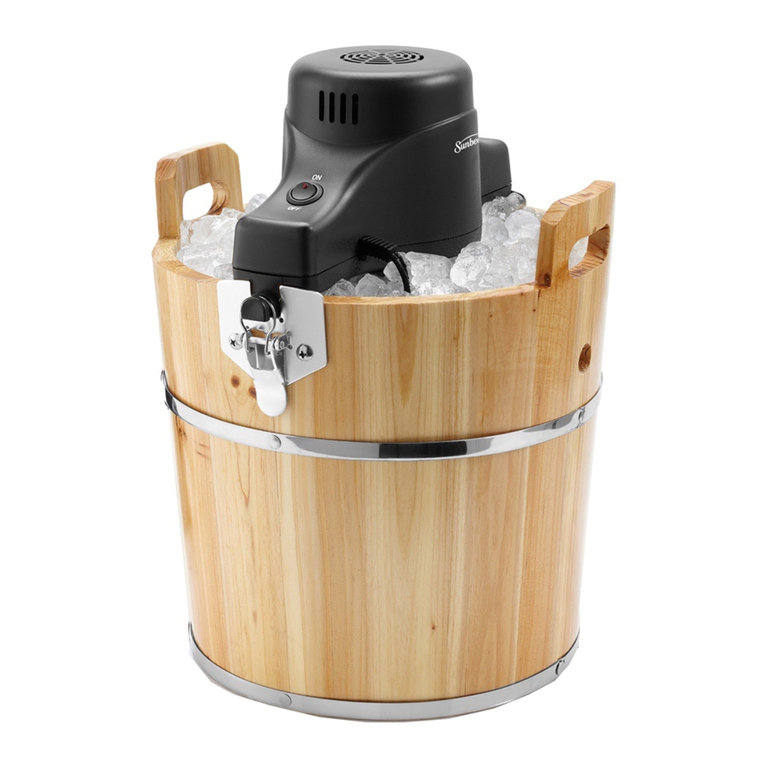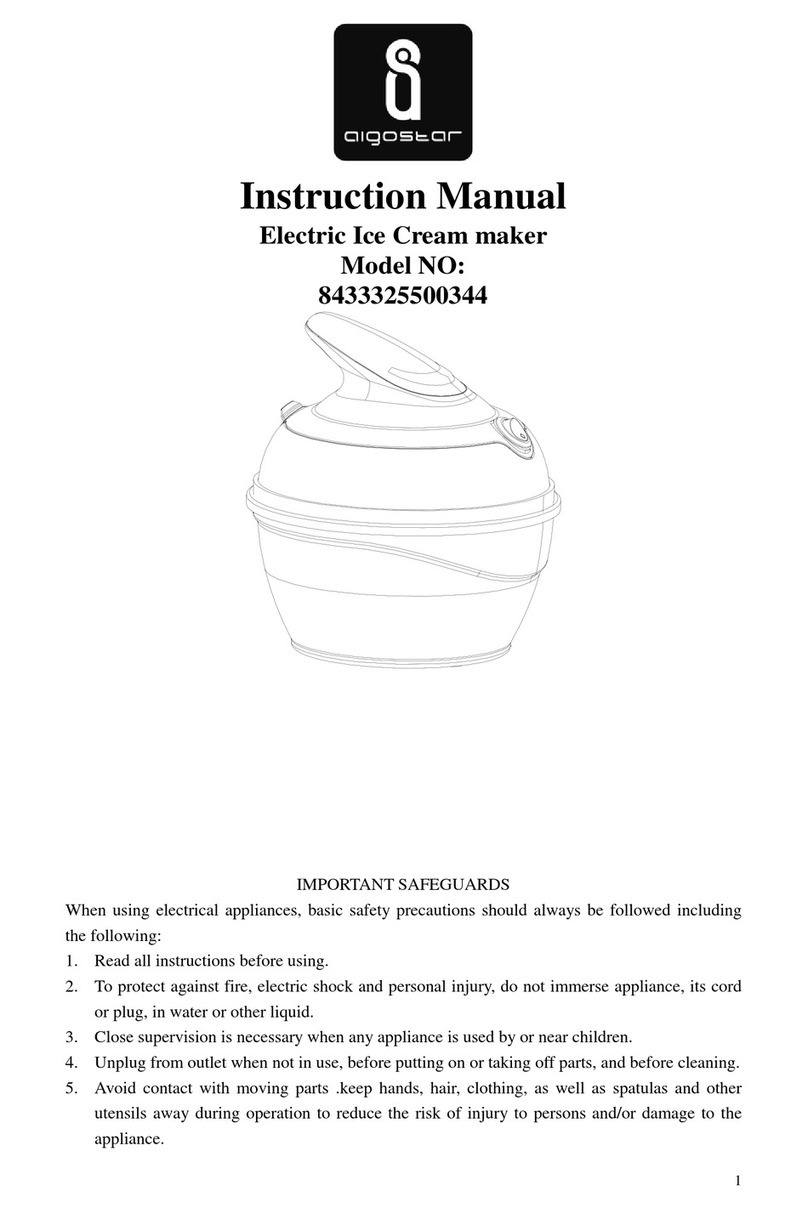TABLE OF CONTENTS
1INSTRUCTIONS ON HOW TO USE THE GUIDE ...................................... 6
1.1 SYMBOLS USED IN THE GUIDE........................................................7
2GENERAL FEATURES AND SPECIFICATIONS....................................... 8
2.1 GENERAL FEATURES........................................................................8
2.2 IDENTIFICATION OF THE APPLIANCE ........................................... 10
2.3 TECHNICAL SPECIFICATIONS........................................................ 11
3TRANSPORTATION AND PLACING OF THE APPLIANCE................... 12
3.1 INSTRUCTIONS FOR INJURY PREVENTION ................................. 12
3.2 UNLOADING THE APPLIANCE FROM THE TRANSPORT.............. 13
3.3 UNPACKING OF THE APPLIANCE................................................... 14
3.4 PLACING THE APPLIANCE ON THE GROUND............................... 14
4REQUIREMENTS AND CONDITIONS FOR NORMAL OPERATION OF
THE APPLIANCE ............................................................................................ 15
4.1 ENVIRONMENTAL CONDITIONS..................................................... 15
4.2 ELECTRICITY SUPPLY REQUIREMENTS....................................... 15
5CONNECTING THE APPLIANCE ............................................................ 17
5.1 INSTRUCTIONS FOR PREVENTION OF INJURIES........................ 17
5.2 CONNECTING THE APPLIANCE TO THE WATER SUPPLY........... 17
5.3 CONNECTING THE APPLIANCE TO THE POWER MAINS............. 18
6OPERATING THE APPLIANCE............................................................... 19
7CONTROL BOARD .................................................................................. 19
7.1 TOUCH SCREEN .............................................................................. 20
7.2 FIRST USE OF THE MACHINE......................................................... 26
7.3 PUSH-BUTTON PANEL (PRODUCTION –COOLING)..................... 30
8PROGRAM MENU.................................................................................... 42
8.1 HOW ACCESS TO THE PROGRAM MENU: .................................... 42
8.2 SETTINGS OF THE PROGRAM (shortcut button):............................ 43
9CHANGING SETTING OF MACHINE....................................................... 47
9.1 RESET TO FACTORY SETTINGS.................................................... 47
10 PROTECTION OF THE USER AND OF THE MACHINE ......................... 48
10.1 PROTECTION OF THE USER........................................................... 48
10.2 ELECTRIC CURRENT OVERLOAD PROTECTION.......................... 48
10.3 THERMIC SAFETY DEVICES........................................................... 48
10.4 PROTECTION OF THE COOLING SYSTEM .................................... 48
11 USE OF THE APPLIANCE....................................................................... 49
11.1 INSTRUCTIONS FOR THE PREVENTION OF INJURIES................ 49
11.2 BASIC RULES FOR OPERATING THE APPLIANCE........................ 50
11.3 PROCESSING CYLINDER DOOR .................................................... 51
11.4 OUTLET HOLE COVER .................................................................... 51
11.5 TO-DO LIST BEFORE OPERATING THE APPLIANCE.................... 52
12 CLEANING OF THE APPLIANCE............................................................ 53
12.1 INJURY PREVENTION INSTRUCTIONS.......................................... 53
12.2 CLEANING EXTERNAL SURFACES OF THE APPLIANCE ............. 54
12.3 CLEANING AND SANITIZING PARTS THAT COME IN CONTACT
WITH THE ICE CREAM................................................................................ 54
13 MAINTENANCE OF THE APPLIANCE.................................................... 67
13.1 INSTRUCTIONS FOR INJURY PREVENTION ................................. 67
13.2 PROBLEMS, ERRORS AND TROUBLESHOOTING ........................ 67
13.3 REGULAR MAINTENANCE INSPECTION PLAN.............................. 68
13.4 TEST RUN......................................................................................... 68
13.5 CHECKING THE CONDITION AND WEAR OF THE BEATER
BLADES AND SLIDERS............................................................................... 68
13.6 REPLACING THE MIXER BLADES AND SLIDERS.......................... 69

